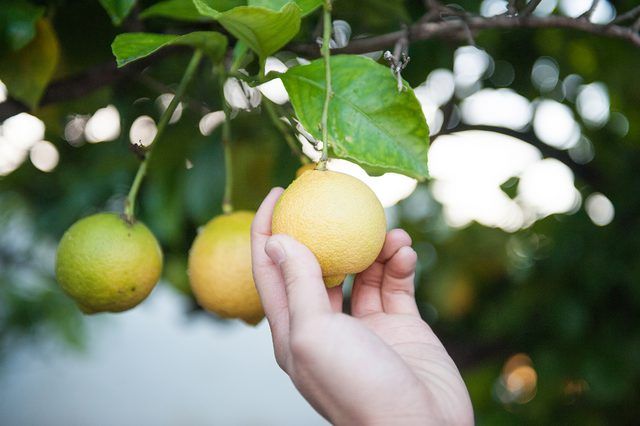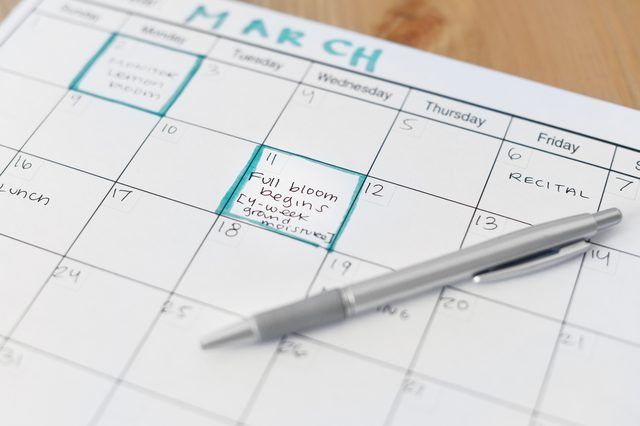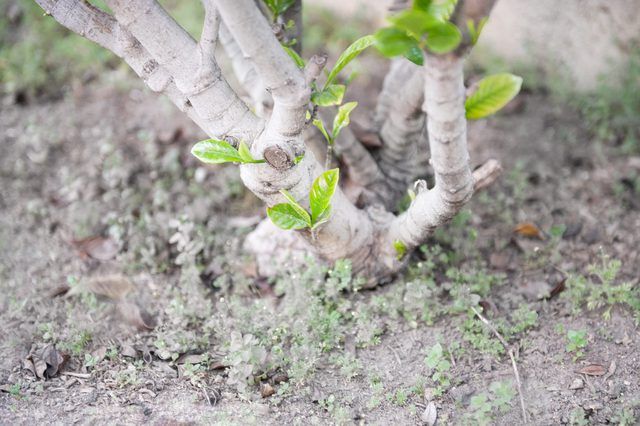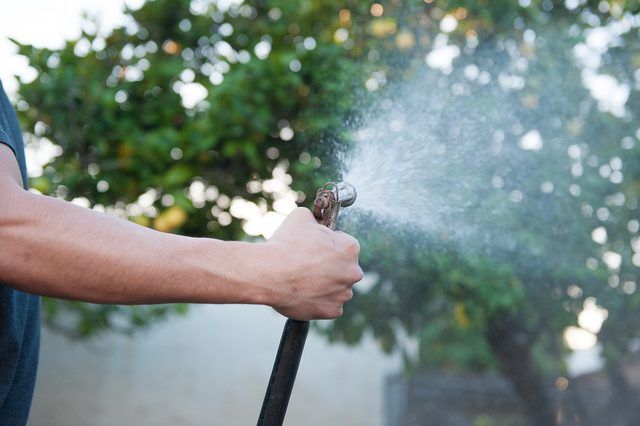Bulbs
Flower Basics
Flower Beds & Specialty Gardens
Flower Garden
Garden Furniture
Garden Gnomes
Garden Seeds
Garden Sheds
Garden Statues
Garden Tools & Supplies
Gardening Basics
Green & Organic
Groundcovers & Vines
Growing Annuals
Growing Basil
Growing Beans
Growing Berries
Growing Blueberries
Growing Cactus
Growing Corn
Growing Cotton
Growing Edibles
Growing Flowers
Growing Garlic
Growing Grapes
Growing Grass
Growing Herbs
Growing Jasmine
Growing Mint
Growing Mushrooms
Orchids
Growing Peanuts
Growing Perennials
Growing Plants
Growing Rosemary
Growing Roses
Growing Strawberries
Growing Sunflowers
Growing Thyme
Growing Tomatoes
Growing Tulips
Growing Vegetables
Herb Basics
Herb Garden
Indoor Growing
Landscaping Basics
Landscaping Patios
Landscaping Plants
Landscaping Shrubs
Landscaping Trees
Landscaping Walks & Pathways
Lawn Basics
Lawn Maintenance
Lawn Mowers
Lawn Ornaments
Lawn Planting
Lawn Tools
Outdoor Growing
Overall Landscape Planning
Pests, Weeds & Problems
Plant Basics
Rock Garden
Rose Garden
Shrubs
Soil
Specialty Gardens
Trees
Vegetable Garden
Yard Maintenance
How to Water Fruit Trees and Home Orchards
How to Water Fruit Trees and Home Orchards. Nothing beats the taste of fresh, ripe fruit grown in your own home orchard -- and no fruit purchased in the grocery store requires as much investment of time and effort on your part. Planting, pruning and fertilizing don't matter if your trees don't get enough moisture when needed most. Forget the...
Nothing beats the taste of fresh, ripe fruit grown in your own home orchard -- and no fruit purchased in the grocery store requires as much investment of time and effort on your part. Planting, pruning and fertilizing don't matter if your trees don't get enough moisture when needed most. Forget the inch-a-week rule if you live in a dry climate or where summer heat scorches lawns. One system does not fit all home orchards.

Too little water results in scrawny trees and small fruit, but too much can bring on root or crown rot and phytophthora infections. Check with area home fruit-growers to find out which delivery system they prefer -- or wish they had. Newer drip irrigation systems deliver constant moisture to roots but leave little residual soil moisture. Micro-sprinkler systems attach to traditional programmed sprinkler systems and adjust for drought or rainy conditions; some come with soil moisture probes that signal when the soil becomes too dry. A basin, dug from the limit of the tree's crown out 2 to 3 feet beyond the tree's drip line, provides a way to get a fast drenching to thirsty roots.

Beyond the inch-a-week that many trees need to maintain good health, fruit trees have special demands to produce the showy flowers and large fruits for which they're known. Washington State University suggests three critical periods when trees need extra moisture. The first comes during flowering, when frosty nights dehydrate tender buds. The second period, beginning with full bloom to four weeks post-bloom, depends on sufficient ground moisture. The third critical period occurs as the fruit finishes growing, called final fruit swell. This period varies from as little as three weeks to more than two months before the fruit is fully ripe. Again, ground moisture aids roots in gathering and processing nutrients.

Although a mature fruit tree's roots might reach 3 to 4 feet into soil, the top 12 to 18 inches of the soil -- the area occupied by the original root ball of the tree -- is where the tree draws the greatest percentage of its moisture and nutrients. Consider soil type, too. Sandy soils might need watering two times a week, but clay soils, which hold twice the moisture of sandy soils, could become waterlogged, forcing oxygen out of the soil. Heavier soils need watering less frequently, say biweekly.

Fruit trees need different amounts of water based on their age and size, but also based upon the temperature, sunlight and humidity. A tree with a 4-square-foot crown might use only a quart of water on a cool spring day, but its thirst on a hot, windy summer day might require three times that amount. For instance, by the time the tree is three years old with a crown measuring 36 square feet, it uses 2.25 gallons of water daily in cool spring weather and 6.75 gallons at the height of summer. If soil is dry 6 to 10 inches deep 4 to 6 inches from the base of the tree, the tree needs water.
